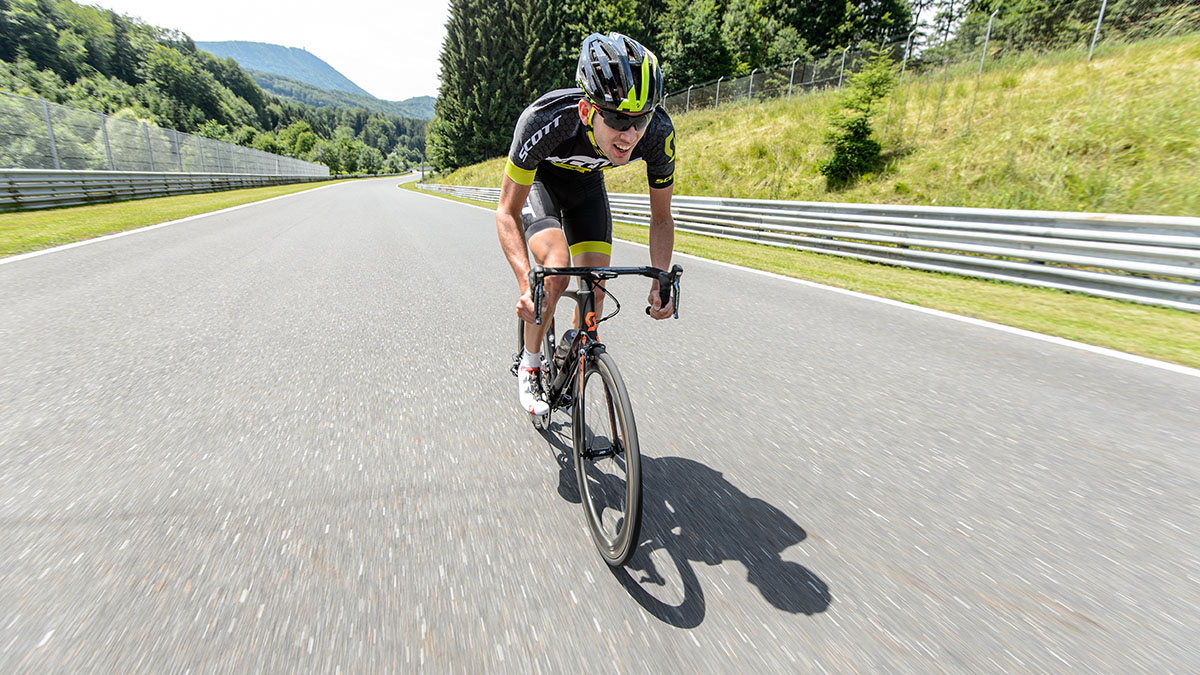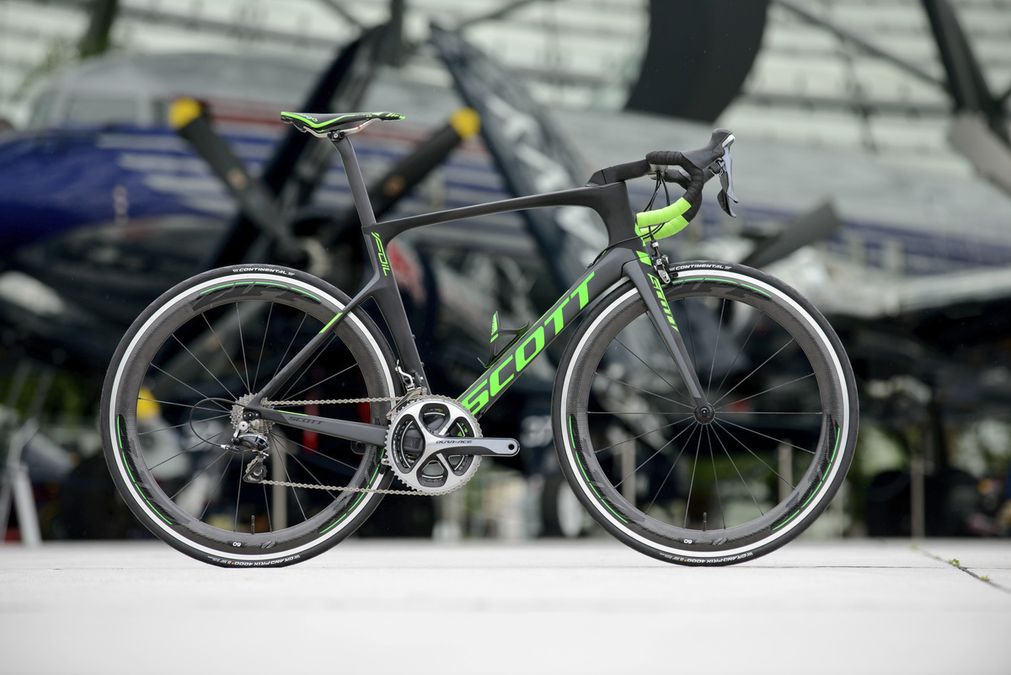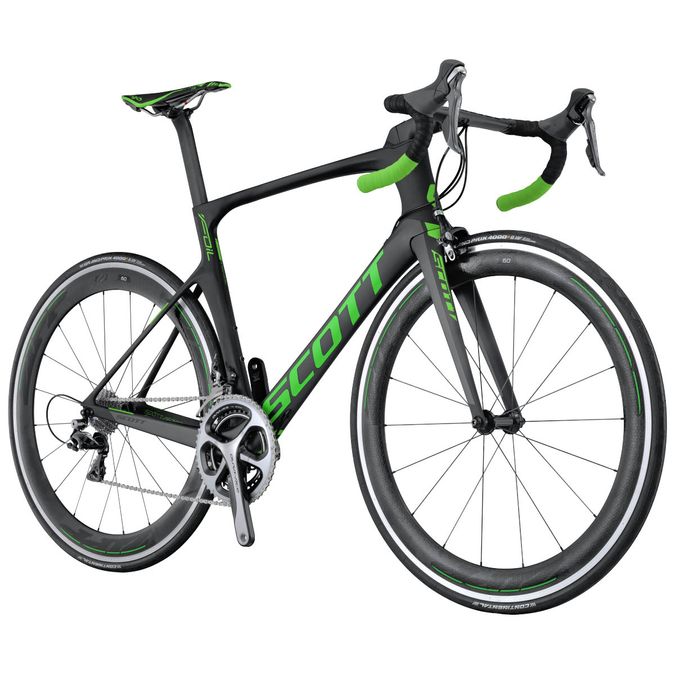FOIL TEAM ISSUE HAS WON THE GROUP TEST IN CYCLING PLUS MAGAZINE
The 2016 Foil Team Issue was reviewed by Cycling Plus Magazine, Issue 310, February 2016, and won the group test with an impressive 4.5/5.
Here is what the editors wrote:
'If you jumped on the new Foil without looking at it, you’d assume you were riding a high-class road bike, and the only sensory clues to its aero billing would be the feel of the integrated carbon aero bar and the bike’s unbridled speed. The original Foil was possibly the most versatile of the first wave of road aero bikes, finding success in a wide variety of disparate races. But it was an uncompromising ride, and with comfort increasingly seen as every bit as important as speed, this was an area that needed addressing.

Launched just before the 2015 Tour de France, the new Foil already has Grand Tour stage wins under its belt. This model is a complete rethinking of the platform, most obviously with its semi-compact sloping toptube, dropped short seatstays and beefy down-tube. This is key to the bike’s ride, handling and airflow, as its lower position melds with the fork crown to close the gap between tube and front wheel. (…) The aerodynamic shaping is mostly quite subtle, with Kamm tail profiles for the down-tube, headtube, seat-tube and seatpost, plus that one-piece bar. Custom spacers are available for the stem, but with none fitted, as here, the stem resides in a scalloped recess that is covered by fairings behind and below to smooth airflow. The very short seatstays are slim and offer sectional Kamm tail profiles to the oncoming air, but the chainstays are all business – deep, rectangular and asymmetric, they keep that tight rear end brutally efficient. Get it out on the road and the Foil’s compact dimensions help it to take off like a scalded cat, and it just keeps going from there. Once you’re up to speed, finding an aero tuck and maintaining speed feels the most natural thing in the world.'

'The bar is surprisingly ergonomic and its depth makes it more useful than some similar options. Fitting a GPS is always tricky on an aero bar, but Scott offers an integrated out-front clamp that bolts to the underside of the bar. The Prologo Zero II TR saddle has more nose padding than the version fitted to the Argon 18, which we think makes a world of difference, really improving long-ride comfort. Helping the Foil spin up to speed are Zipp’s 60 clinchers, the renamed version of its pre-Firecrest profile 404 wheelset. They have a toroidal structural carbon fairing and alloy rim bed and braking track, which adds a few grams but isn’t a hindrance given the all-round performance benefit. Although the deepest rims in this test, and not Zipp’s most modern Firecrest shape either, they’re still great to ride and reassuringly stable at 24mm wide. Best of all they stop effectively in all conditions, and having 25mm Continentals is the icing on a very nourishing cake, allowing the bike to flow through bends like a four-man bobsleigh.'
'As good as Dura-Ace Di2 is, we’d plump for the mechanical version, which adds physical satisfaction to shifting perfection. Scott seems to agree, with this race-ready 53/39 chainring setup. Direct-mount brake callipers offer additional power and great feel, and if we had to choose one of this crop for every-ride, everyday use, there’s no contest.'






